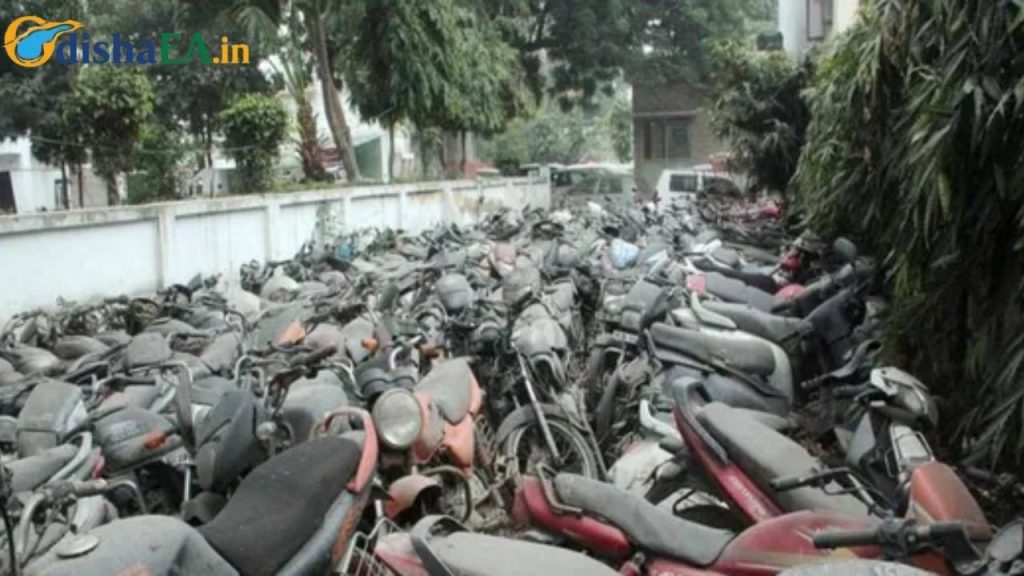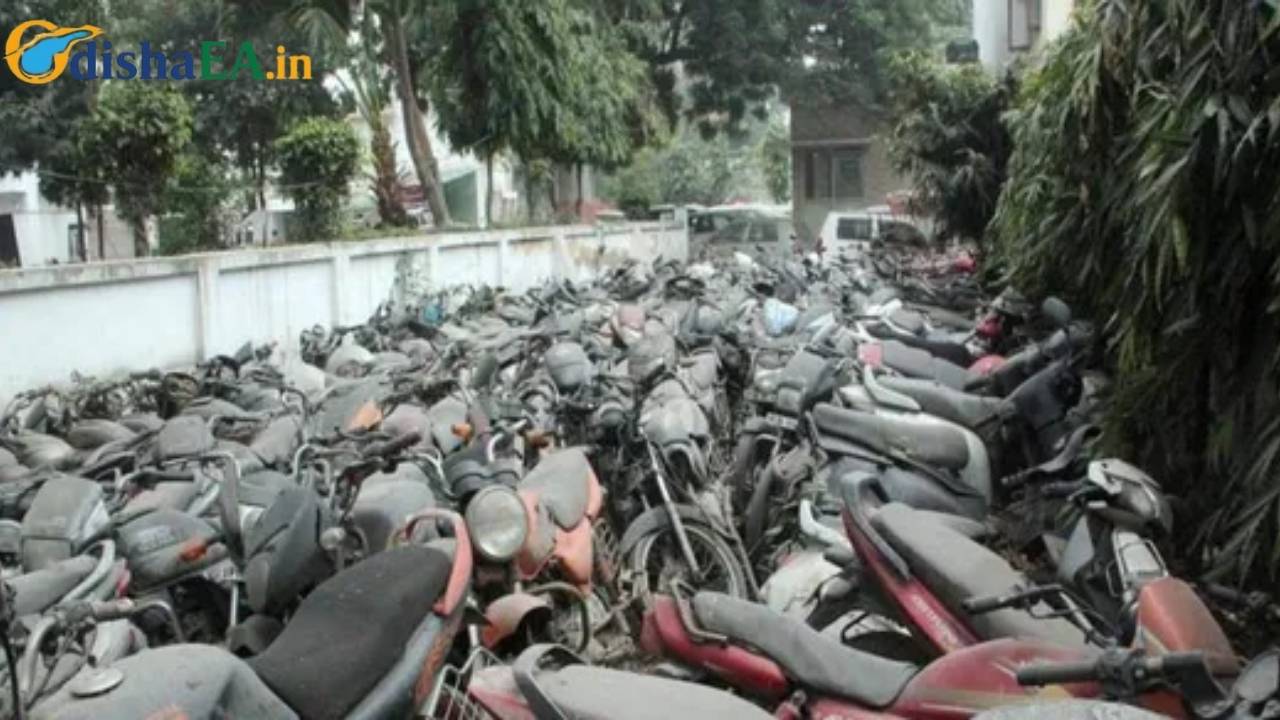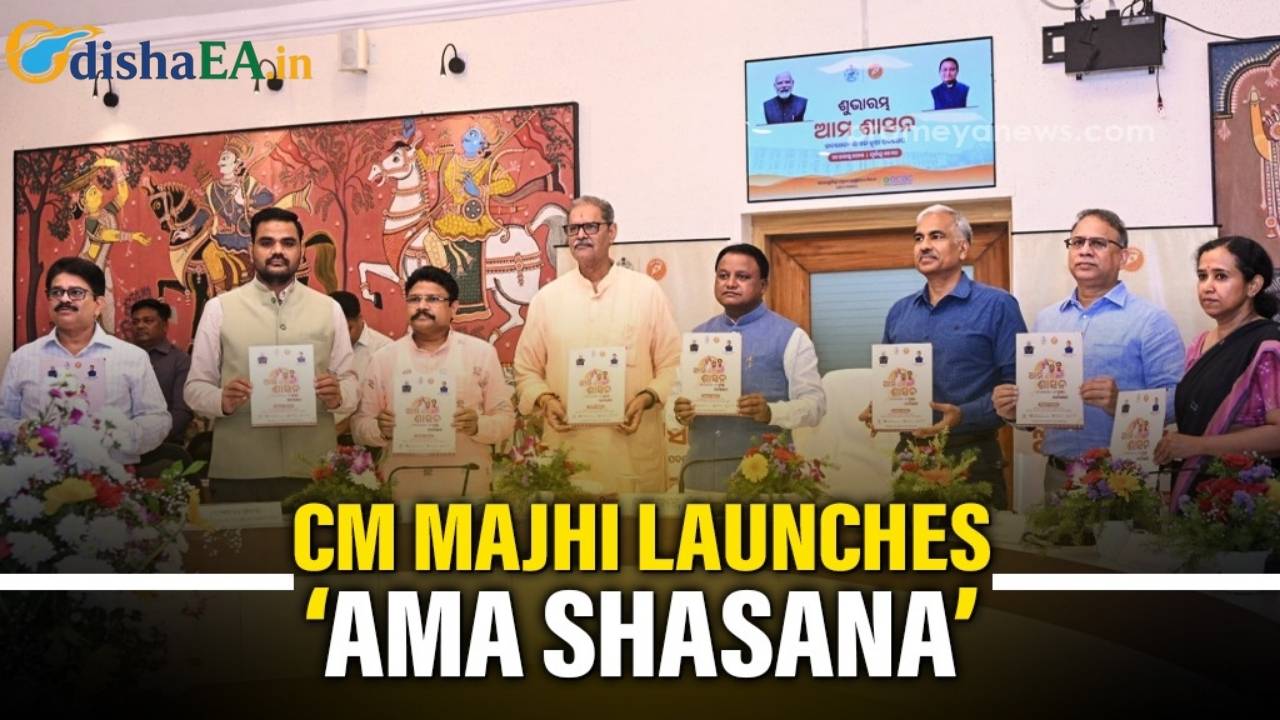The Bhubaneswar Municipal Corporation (BMC), under the leadership of Mayor Sulochana Das, has launched an initiative aimed at scrapping long-abandoned, unfit, and seized vehicles that have been occupying valuable space in the city. These vehicles, which include accident-damaged cars, confiscated two-wheelers, and defunct jeeps, are currently stored at various police stations and BMC premises. The move is part of the city’s effort to free up land, improve aesthetics, and even generate revenue by selling scrap materials from these vehicles. In addition, this initiative aligns with India’s Vehicle Scrappage Policy, 2021, which encourages the removal of old, polluting vehicles from the streets to reduce carbon footprints and promote sustainability.

This bold step will not only address issues like traffic congestion and environmental pollution but will also offer practical solutions to several of the city’s long-standing problems. By engaging with the Regional Transport Officer (RTO) and collaborating with the Commissionerate Police, the BMC hopes to streamline the scrapping process and ensure compliance with national regulations. In this article, we will explore the details of this initiative, the importance of scrapping unfit vehicles, and how it can benefit the city and its residents.
Bhubaneswar Mayor Orders Scrapping of Unfit Seized Vehicles
| Topic | Details |
|---|---|
| Initiative Launch Date | August 2025 |
| Vehicles Targeted | Accident-damaged cars, confiscated two-wheelers, defunct jeeps, tippers, excavators, etc. |
| Policy Alignment | Vehicle Scrappage Policy 2021 |
| Revenue Generation | Profits from the sale of scrap materials |
| Key Authorities Involved | Bhubaneswar Municipal Corporation (BMC), Regional Transport Officer (RTO), Commissionerate Police |
| Environmental Impact | Promoting sustainability and recycling of materials from scrapped vehicles |
| Official Sources | Times of India |
| Impact on Urban Aesthetics | Freeing up land, improving the overall look of the city |
Bhubaneswar’s decision to scrap unfit and abandoned vehicles is a significant move towards reclaiming valuable land, improving the city’s aesthetics, and enhancing environmental sustainability. By following national guidelines and collaborating with local authorities, the city can ensure a smooth, responsible, and effective vehicle scrapping process. This initiative is a win-win for both the environment and the community, making Bhubaneswar a cleaner, greener, and more organized city for all.
The Need for Vehicle Scrapping in Bhubaneswar
Bhubaneswar, known as the “Temple City,” is facing the challenges that many growing cities do. The rapid urbanization, increased vehicle ownership, and constant influx of both tourists and residents mean that the city has limited space to store damaged or abandoned vehicles. These vehicles, often left to rust in police stations or BMC yards, not only take up valuable land but also become environmental hazards. Over time, these vehicles deteriorate, leaking hazardous fluids that can contaminate soil and water.
According to a recent report from the National Green Tribunal (NGT), abandoned vehicles are a significant source of pollution in urban areas. They release toxic substances like lead, mercury, and petroleum-based products, which seep into the environment. By scrapping these vehicles, Bhubaneswar can mitigate such environmental impacts, help reduce congestion, and reclaim space for more productive uses.
The Vehicle Scrappage Policy 2021: A Game Changer
India’s Vehicle Scrappage Policy was launched in 2021 with the goal of removing unfit and polluting vehicles from the road. Under this policy, vehicles that have completed 15 years of service or have exceeded 2,50,000 kilometers are considered for scrapping. This initiative is designed not only to help clear roads of old and dangerous vehicles but also to contribute to a cleaner environment and a more sustainable future.

This policy also aims to provide a boost to the automobile recycling industry. The government is encouraging businesses to participate in scrapping and recycling through incentives such as exemptions from road tax for new vehicles purchased after scrapping an old one. In Bhubaneswar, BMC’s recent decision to scrap unfit vehicles in police stations and municipal yards is a direct implementation of this policy.
Practical Steps for Vehicle Scrapping
If you’re wondering how the vehicle scrapping process works and how Bhubaneswar plans to go about it, here’s a breakdown:
- Identification of Vehicles:
The first step is identifying vehicles that meet the criteria for scrapping. In Bhubaneswar, BMC officials have already identified a list of 28 vehicles including tippers, excavators, loaders, ambulances, and tractors. These vehicles will be carefully evaluated to determine their condition. - Assessment and Valuation:
The BMC will consult with the Regional Transport Officer (RTO) to assess each vehicle’s condition and market value. This step ensures that the scrapping process follows Central Motor Vehicle Rules, 1989. - Collaboration with Police Stations:
Since many of the vehicles are seized or abandoned in police stations, the BMC will work with the Commissionerate Police to arrange for their removal and sale as scrap. - Recycling and Revenue Generation:
The scrapped vehicles will be dismantled and recycled. The valuable scrap materials, such as metal parts and engine components, will be sold to scrap dealers. The revenue generated will be reinvested into city development projects. - Environmentally Friendly Practices:
The vehicles will be processed in an environmentally responsible way, ensuring that hazardous materials are safely removed and disposed of. The city aims to achieve zero waste through this initiative.
How This Benefits Bhubaneswar
The scrapping of unfit vehicles from police stations and municipal yards is not just about freeing up space. It has far-reaching benefits that will improve the overall quality of life in Bhubaneswar. Here’s how:
1. Urban Renewal and Land Reclamation
One of the biggest benefits of scrapping unfit vehicles is the reclamation of land. In a city like Bhubaneswar, where space is at a premium, every square foot matters. By clearing out these rusting, unused vehicles, BMC can create space for new infrastructure projects, such as parks, bike lanes, and public spaces.
2. Environmental Sustainability
The recycling of vehicle components, such as metal, glass, and rubber, promotes sustainability. These materials can be reused in the production of new vehicles, thereby reducing the need for raw materials. Moreover, by reducing pollution from abandoned vehicles, Bhubaneswar is taking a green step forward in its pursuit of a cleaner, more sustainable environment.
3. Improved Traffic Flow
Another indirect benefit is the improvement in traffic flow. Removing derelict vehicles from the streets can help prevent congestion and increase the capacity of roads. Additionally, scrapping vehicles that are not roadworthy ensures that only safe, well-maintained vehicles are on the road, contributing to better road safety.
4. Revenue for City Development
The sale of scrap materials from these vehicles can provide a new revenue stream for Bhubaneswar. This revenue can be redirected into urban infrastructure development such as building better roads, improving public transportation, or funding other environmental initiatives.
BMC Officers to Reach Out Directly in Every Ward: Major Governance Overhaul in Bhubaneswar
New Cancer Department Inaugurated at BMC Hospital: Weekly Services to Begin
New Satellite City to Boost Bhubaneswar: Odisha Govt Identifies Land for Development
FAQs
1. How does vehicle scrapping contribute to sustainability?
Vehicle scrapping helps to recycle materials, reduce pollution, and decrease the number of harmful emissions from old vehicles. By reusing metals and other components, we save on the need for new raw materials, contributing to environmental conservation.
2. What happens to the vehicles once they are scrapped?
Once a vehicle is scrapped, its parts are dismantled, and valuable materials such as metal, rubber, and glass are separated. These are then sold to recycling plants or used in the manufacture of new products.
3. Who decides if a vehicle is fit for scrapping?
The Regional Transport Officer (RTO) and BMC officials inspect the vehicles to determine their condition. Vehicles that have completed 15 years of service or have excessive wear and tear are typically considered for scrapping.
4. Will the scrapping process create jobs in Bhubaneswar?
Yes, the process of scrapping vehicles and recycling materials will create jobs in the automobile recycling sector. This includes jobs for scrap dealers, recycling plant workers, and logistics professionals.





